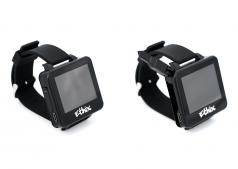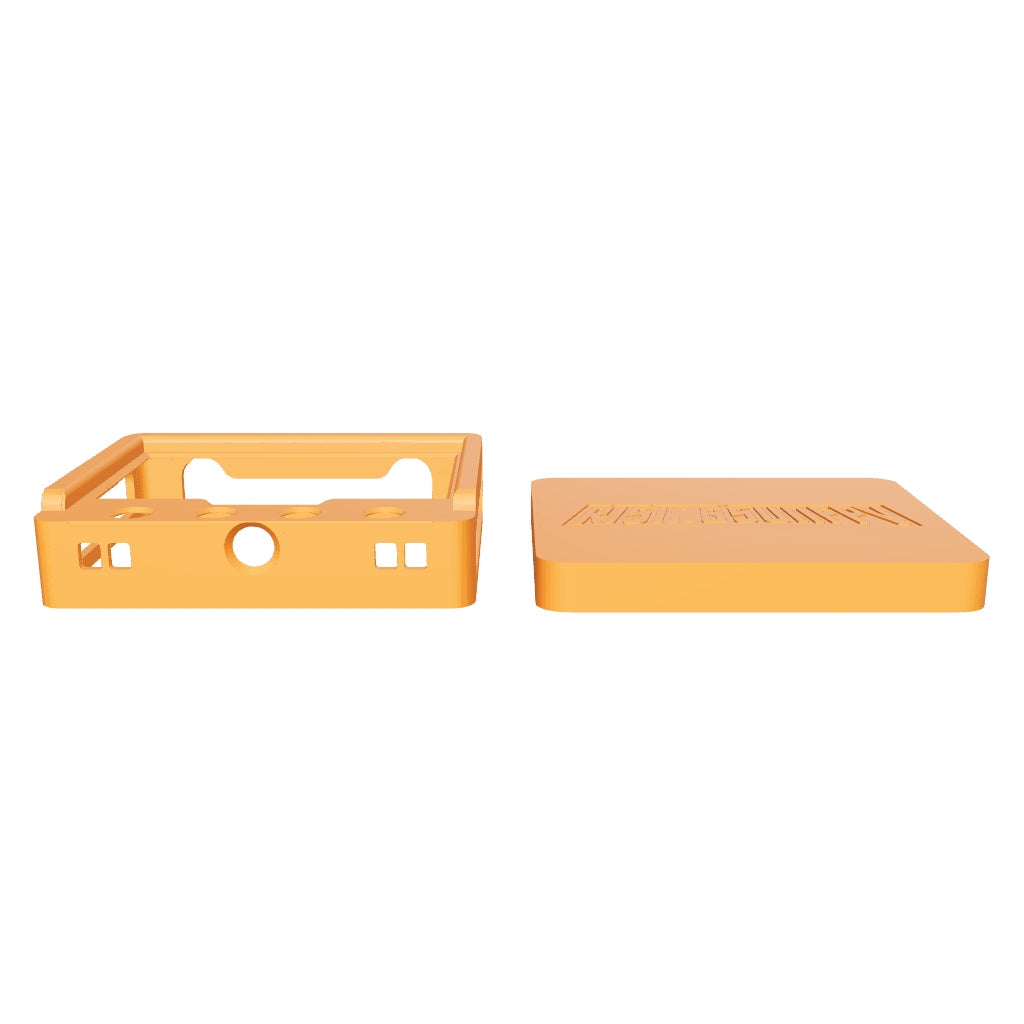Quick Menu
- RISING SUN 3D - ON DEMAND 3D PRINTING
- Ak Interactive
- All Game Terrain
- Ammo by MIG
- Army Painter
- Backpacks and Carrycases
- Bifrost Airbrush Paints
- Coming Soon!
- Connectors
- Chargers
- Gift Cards
- Laser Cutter, Engravers and CNC
- New Items
- Painting Brushes and Tools
- Sale!
- Services
-
- SMS - Premium Acrylic Lacquer Series
- SMS - Pearl Acrylic Lacquer Series
- SMS - Auto Colour
- SMS - Brush Series
- SMS - Cements & Adhesives
- SMS - Colour Sets
- SMS - Colour Shift Acrylic Lacquer Series
- SMS - Crystal Acrylic Lacquer Series
- SMS - DragonAir Airbrushes
- SMS - Effects Acrylic Lacquer Series
- SMS - HyperChrome Series
- SMS - Infinite Colour - Water Based
- SMS - Masking Series
- SMS - Metallic Acrylic Lacquer Series
- SMS - Precision Tools Series
- SMS - Primer Series
- SMS - Thinners, Additives and Paint Remover
- SMS - Weathering Series
- SMS - Wildlife Colours
- STEM
- The Used
- X Class Gear
- Blogs
VRX
10 products
Showing 1 - 10 of 10 products
VRX – Video Receivers for Crisp FPV Signals
Get clean video feeds with reliable VRX (Video Receivers) from Rising Sun FPV.
We stock VRX modules and ground stations for digital and analog FPV systems, built for range, clarity, and low latency.
Fly with confidence — shop FPV VRX systems today.
Showing 1 - 10 of 10 products
Display
View


Foxeer Wildfire 5.8GHz 72CH Dual Receiver Support OSD Firmware Update for Fatshark FPV Goggles
Sale price$179.99 AUD
Sold out
Filters (0)
















